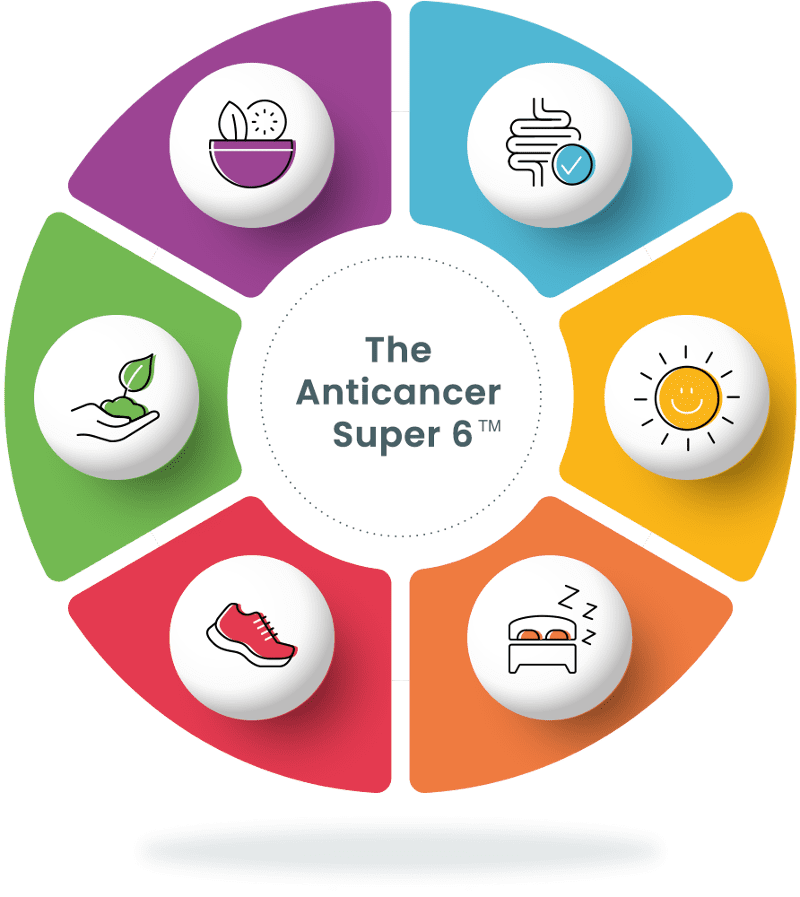Vitality and Cancer Defense Programs

Our Approach
We Support, Inspire, and Empower Workplace and Employee Benefits Providers, Employers, Insurance Providers, Health and Well-being Advocates, and Individuals
Who Can Benefit
Explore how our Vitality and Cancer Defense Programs can transform lives and foster healthier lifestyles across a spectrum of needs on our “Who Can Benefit” page. Whether you’re navigating a personal cancer journey, enhancing workplace wellness, offering superior insurance benefits, or advocating for health and well-being, our Tree of Life Vitality and Cancer Defense and One-on-One Cancer Coaching Programs are tailored to empower individuals and organizations alike.
Learn how we support those diagnosed with cancer, their caregivers, and anyone aiming to reduce their cancer risk or improve overall health through evidence-based, professionally developed guidance. Join us in making impactful lifestyle changes for a brighter, healthier future.
Our Programs
At The Cancer Coach™, we aim to provide programs that meet the unique circumstances of each individual, no matter where they are on their cancer journey and what kind of support they need.
The Tree of Life Vitality and Cancer Defense Program consists of a series of on-demand modules with resources, activities, and online communities: 7 modules, 5 hours 43 mins of Educational animations and Instructional lesson videos, 49 lessons, 8 Community Groups and Forums, 7 Specialised Live Group Education and Events, 257 ToolKit and Knowledge Base Resources, 181 Personal Workbook Exercises, 7 Knowledge Checks, Access to Optional Extras, and a Free One-on-One Lifestyle Analysis After Module 7.
For a more bespoke approach to your Vitality and Cancer Defense experience, we offer personalised One-on-One Cancer Coaching.
The Anticancer Super 6™
Through targeted lifestyle changes, everyone can achieve improved health outcomes by reducing side effects and complications associated with treatment, enhance recovery after treatment and provide a long term life plan that reduces the risk of recurrence.
For over 10 years we have combined these six health fundamentals to create and deliver personalised cancer wellness plans.
Nutrition
Eat a nutrient dense, anti-cancer diet personalised to every phase of your healing
Protection from Toxins
Improve your body’s natural ability to detoxify to enhance recovery and promote long term health
Exercise and Movement
Incorporate movement into your daily life to enhance physical and emotional well-being, regardless of your fitness levels

Gut Health, Digestion and Elimination
Develop the gut microbiome environment to support optimal immune health
Stress Management and Emotional Well-being
Have the right tools and techniques to reduce chronic stress, anxiety, and feelings of isolation
Sleep
Minimise insomnia and improve your sleep to give your body the best chance to rest and fully heal

Nutrition
Eat a nutrient dense, anti-cancer diet personalised to every phase of your healing
Sleep
Minimise insomnia and improve your sleep to give your body the best chance to rest and fully heal
Gut Health, Digestion and Elimination
Develop the gut microbiome environment to support optimal immune health
Exercise and Movement
Incorporate movement into your daily life to enhance physical and emotional well-being, regardless of your fitness levels
Stress Management and Emotional Well-being
Have the right tools and techniques to reduce chronic stress, anxiety, and feelings of isolation
Protection from Toxins
Improve your body’s natural ability to detoxify to enhance recovery and promote long term health
Meet The Team
Highly Qualified Professionals With Advanced Training in Cancer Care
Many of our coaches are survivors themselves and understand the lived experience of overcoming cancer and living a full and healthy life.
Testimonials, Quotes, and Cancer Stories
Ready to Make a Change?
Complete our brief survey so that we can connect you with the proper service and provide more information about your next steps.
